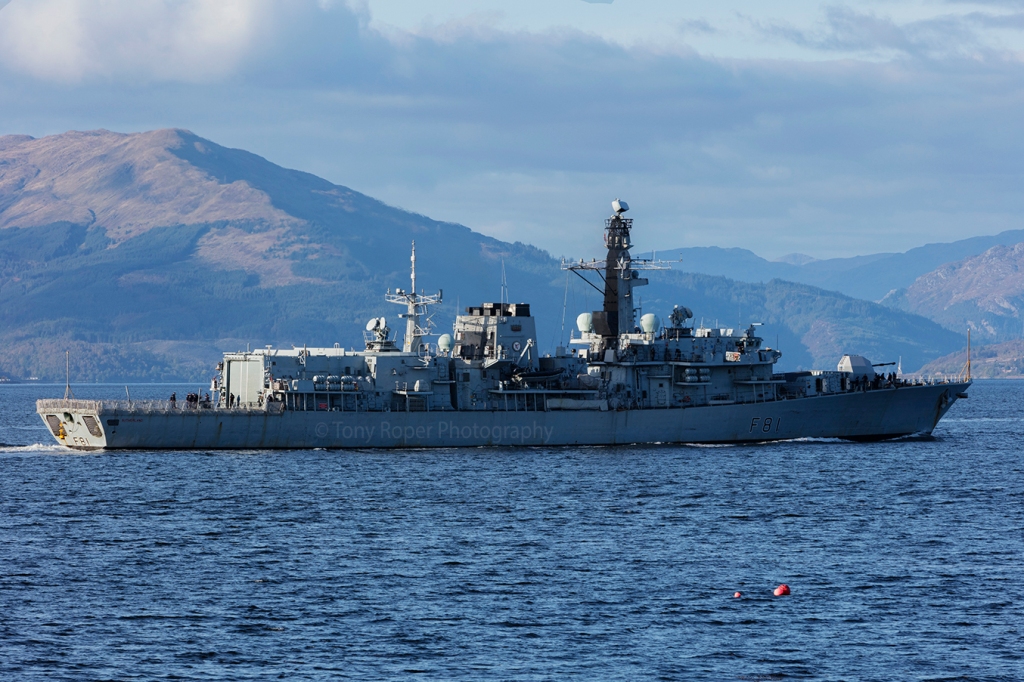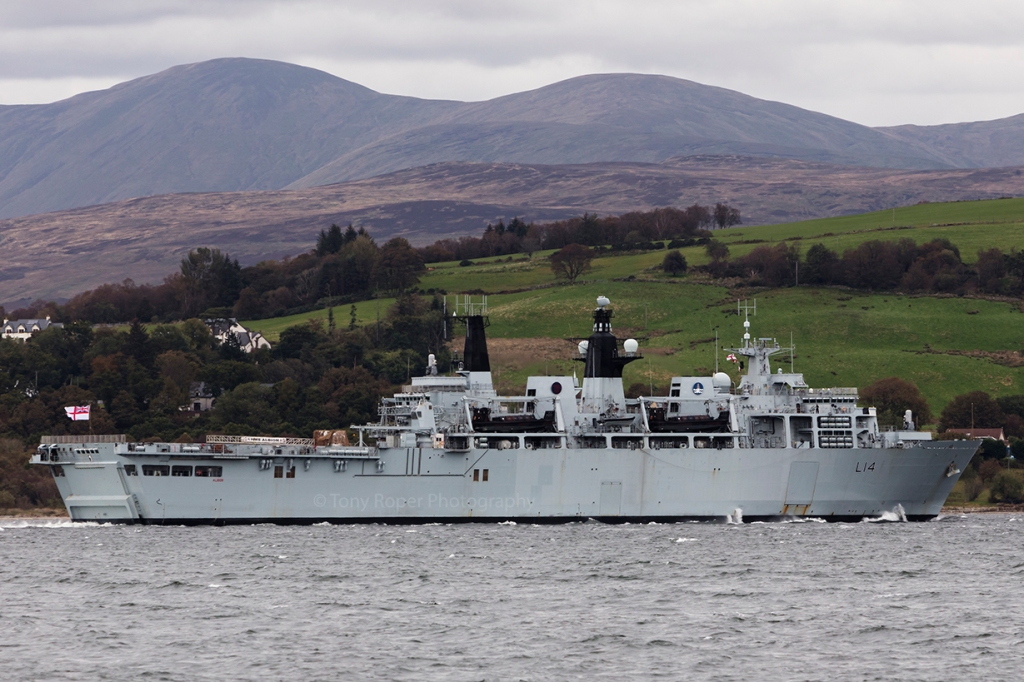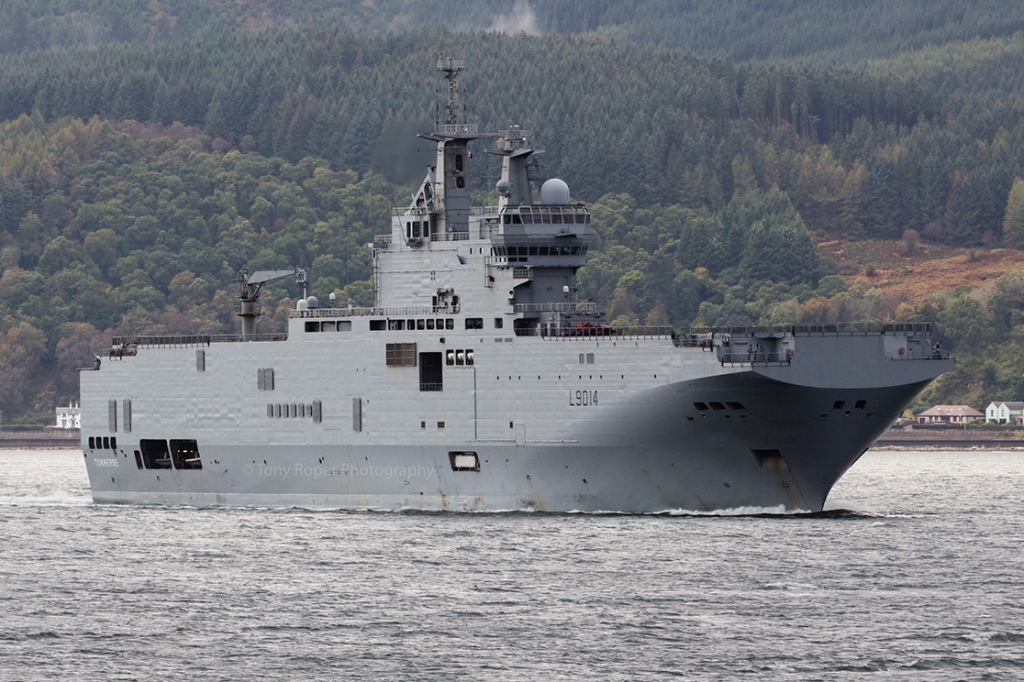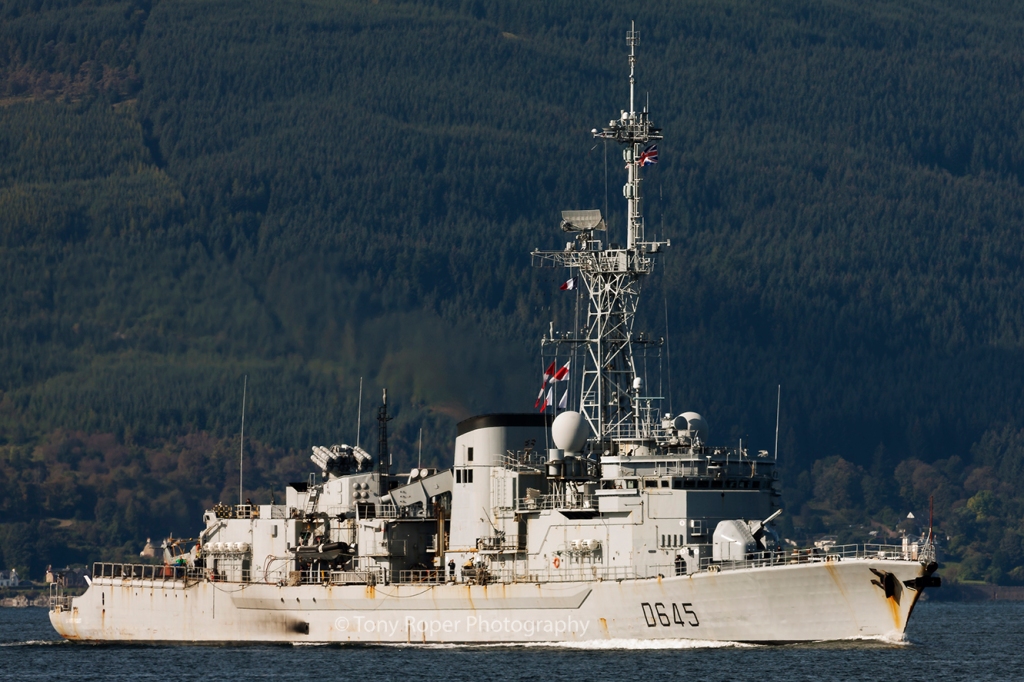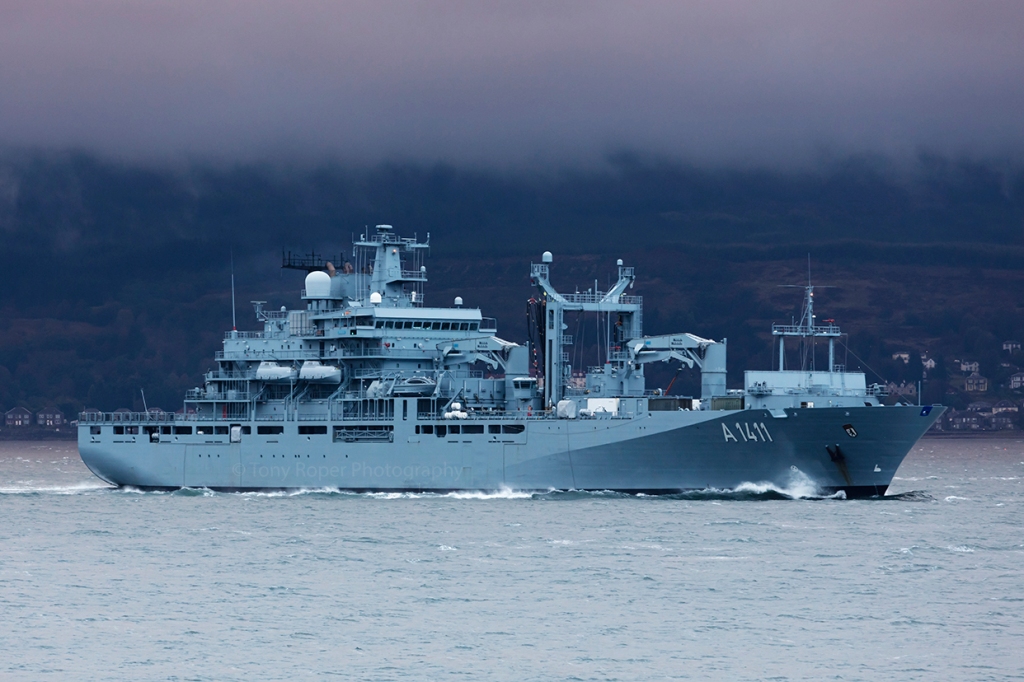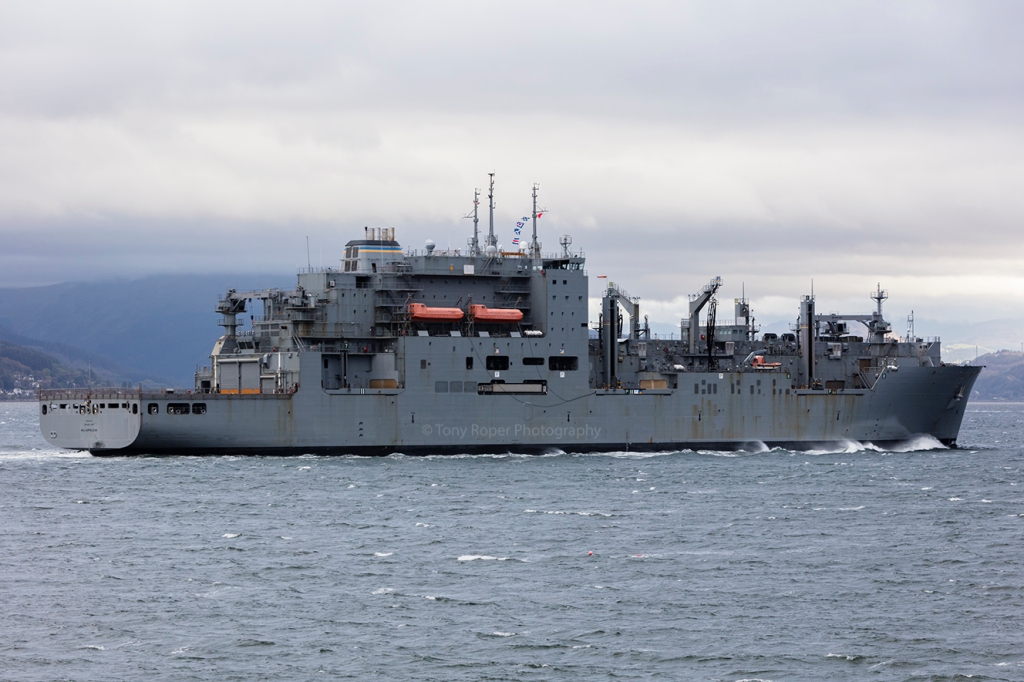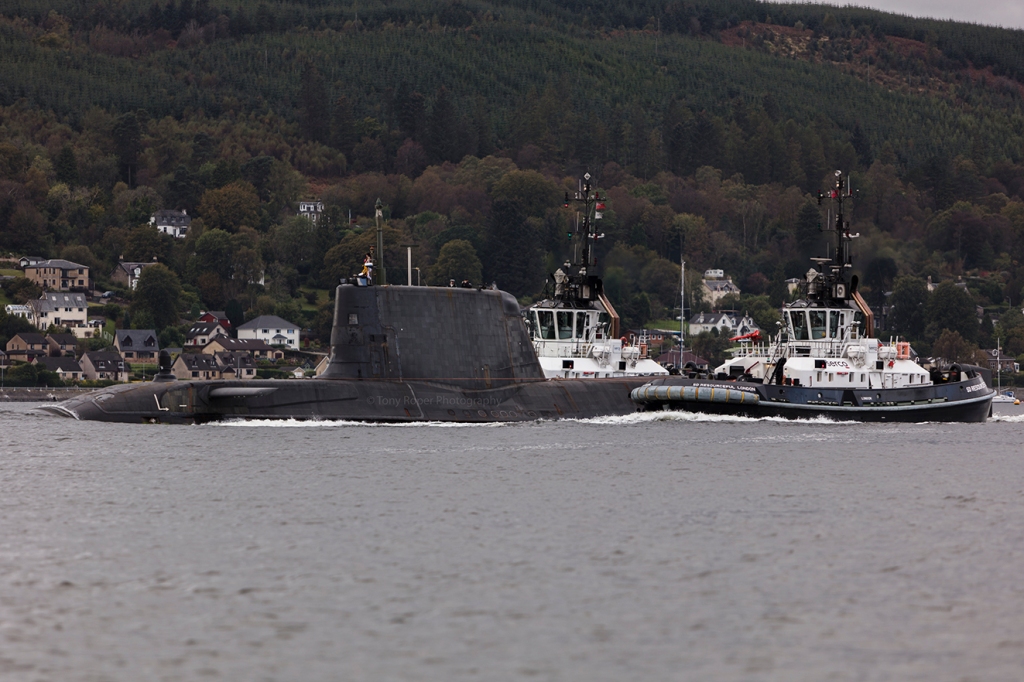With it being a month this weekend since the Russian navy Moma-class AGI Liman was hit by another ship resulting in its sinking in the Black Sea, I thought I’d publish my full analysis on the incident.
Originally this work was created for Jane’s Intelligence Review, but due to space limitations in the magazine, it was condensed into a half page report. This blog includes all the imagery and extra text that was left out, but also some further analysis that I’ve been able to do in the mean-time. Because of this, I must state that the analysis published here has nothing to do with any IHS publication, and that any views (unless otherwise stated) are all my own.

Liman, taken in November 2015 by Yörük Işık
A brief account of what happened
On the morning of Thursday 27th April 2017, at approximately 0830z, reports on social network starting coming in that Moma-class Intelligence gathering ship Liman of the Russian navy had collided with a livestock ship in the Black Sea at a position approximately 30nm to the North of the entrance of the Bosporus Strait. There was thick fog in the area at the time of the incident.
Early information from the Russian Defence Ministry stated that Liman had collided with a ship named Ashot-7 but a search through ship registries quickly showed that this ship did not exist. From AIS analysis however, a ship identified as Youzar Sif.H had departed the port of Midia in Romania for Aqaba in Jordon at approximately 1645z on the 26th April heading for the entrance of the Bosporus Strait. The ship was carrying livestock, reportedly sheep. From the AIS data it was noted that Youzar Sif.H was cruising at a speed of 11 knots for most of the journey across the Black Sea until at 0845z on the 27th April the ship came to a sudden stop. It is here that the two ships collided.
Liman was operating without any form of AIS at the time, despite being in thick fog – it is likely not to have had the system installed. To this date, the Russian Defence Ministry, has not reported what tasks Liman was carrying out but it is known that it wasn’t due to pass through the Bosporus Strait.
The collision holed Liman below the waterline which led the ship to starting to sink. Though most of the [up to] 85 crew members evacuated, it is known that some remained on board to, in the words of the Russian Defence Ministry, [remove] all special equipment, documentation, weapons and ammunition. [The] ship’s crew were evacuated to life-saving appliances, and then safely transported to the base of the Black Sea Fleet in the Crimea.
Almost immediately following the reports of the incident, new Project 22870 Ocean-going Rescue Tug SB-739 was sent to the scene from the Black sea navy base in Sevastopol. SB-739 does carry AIS equipment and analysis of this shows that the ship departed at approximately 1030z on the 27th, arriving 20 hours later. SB-739 carries the latest ROV to be deployed to the Russian navy, the Marlin-350 made by Tetis-Pro. This ROV can operate up to depths of 350 metres, with charts of the incident area showing depths of between 50 and 100 metres.
It was noted at the time of the incident that a Russian flagged Civilian Survey ship Хезер Си (Heather Sea) had commenced operations approximately 20nm to the NW of the collision site. The final position where Liman supposedly sank has been reported on social media at 41.50N 28.95E, the area where Heather Sea was operating, but this is a long way for the Liman to have drifted prior to sinking. A good friend of mine intercepted a navigational warning sent out by the Turkish authorities on Navigational Telex (NAVTEX) stating the final sinking position as 41.30 24 N 028.57E and it is here that SB-739 positioned itself on arrival.
Youzar Sif.H rescued some of the Liman crew members, and it is believed that another Russian flagged cargo ship, Ulus Star, also took part in rescuing crew as AIS analysis shows the ship deviating from its course to the incident area, before continuing on through the Bosporus later on in the day. At one stage it rendezvoused with both Youzar Sif.H and a Turkish government tug, Kutarma-3, which was one of the Turkish SAR ships sent to the area.

AIS data combined into one image
1 – Youzar Sif.H cruising at 11kts at 0813 UTC 27 Apr 2017
2 – Youzar Sif.H technical stop/malfunction at 1854z having started to return to Midia
3 – SB-123 arrives at the incident site at 0615 UTC 28 Apr 2017
4 – Heather Sea stays on task throughout incident
Youzar Sif.H returned to Midia, whilst SB-739 remained on site. Another Russian research vessel, Project 11982 AGOR Seliger, broadcasting as a “Law Enforcement” vessel on AIS, joined SB-739 at the area where Liman sank on the 1st of May . Seliger carries a submersible vehicle which was used to examine the wreck of Liman. Further reports of two other ships arriving around the 10/11th of May were given. These were KIL-158, a Kashtan-class buoy tender that has lifting equipment capable to take weights of up to 130 tonnes and Epron, a Prut-class rescue tug which is used for diver operations.
With the arrival of KIL-158 and Epron, it is highly likely that the Russian reports that all equipment was evacuated before the sinking were false and that these ships were here to recover those items still left on board. In particular, recent images of Liman show it with a large SATCOM dome towards the stern. This will almost certainly have contained a dish used for a SATCOM system given a NATO codename “Punch Bowl”. This communicates with store and dump type satellites such as Strela, Raduga and Rodnik. Information is collated and stored within the system and transmitted when a satellite passes within range. The satellite stores the information and “dumps” the data once in range of an appropriate ground-station. It would not have been possible to remove this system from the deck quickly and it is likely it went down with the ship.
With the final result of this incident being a lost ship, luckily with no loss of life , it highlights why the requirement of AIS on all shipping, even military, should be mandatory, especially in areas of high intensity traffic such as the Bosporus Strait.
What happened next….
There quickly followed a media frenzy of accusations and denials.
Russian media accused the Turkish government of sending divers to the wreck within an hour of Liman sinking and stealing all the equipment left on board – this is despite publishing on the same day how all the equipment had been recovered by the heroic crew of Liman. It is totally unlikely that the Turks had managed such a feat. Apart from the fact that it is dangerous to be diving on a wreck that soon after it has sunk, as shown by the ships needed by the Russians to do the actual task of recovery, the Turks sent nothing of the sort to the area. In fact, they did a great job of assisting a ship in distress.

Close-up of Youzar Sif.H’s track following the collision. The grey ship is Kutarma-3, which stayed to assist the sinking Liman.
The Russians then accused the crew of Youzar Sif.H of operating their ship dangerously in conditions that were unsuitable for a speed of 11 knots, including suggestions that the crew were drunk. Of course, they said nothing of the fact that their own ship was operating clandestinely (be it in open sea and legally) without the safety net of AIS equipment. The Russian navy is currently trying to sue the operating company of Youzar Sif.H for the loss of Liman.
Also of note was an interesting statement by Captain Vladimir Tryapichnikov, the head of naval shipbuilding, at the recent launch of the second Project 18280 AGI Ivan Khurs on May 16th. He alluded to the fact that Ivan Khurs would replace Liman in the Black Sea fleet, and that there would be a further two ships of the class built. His actual words were:
Let’s give the fleet the second ship, and then talk about the next two. Defence plans indicate that the Navy will receive them before 2025
This is almost likely to be false – on both counts. There has never been four ships planned and the replacement of Liman with Ivan Khurs would be a ridiculous waste of money. The Russian navy has a terrible funding problem, with not even enough projected funds available to build new Destroyers they have planned. They are also desperate for a new Aircraft carrier, but funding makes this highly unlikely; and they are seemingly already having problems funding the refit of Kuznetsov(orel)-class Aircraft Carrier Admiral Kuznetsov which is about to begin. With this in mind, and other on-going funding problems with frontline ships and submarines, it is very unlikely they will put aside any cash for two more AGI’s.
Further more, the Project 18280 AGI’s are not designed for operations in areas such as the Black Sea, but more for in areas further from Russian shores such as off the East coast of the USA – for example, those tasks carried out by Project 864 Vishnya-class AGI Viktor Leonov which is often operating near to Cape Canaveral and the USN Naval Submarine base at Kings Bay, Georgia. If Liman were to be replaced by anything it is more likely to be by one of the remaining Project 861 Moma-class AGS Survey/Research ships that the AGI versions were converted from. This makes even more sense if equipment was rescued before the ship sank as it would be an easy fit. My analysis of Liman makes me think it wasn’t a fully converted AGI as it still retained the crane on the forward deck, which other AGI’s had removed and that the AGS’s retain. This to me shows that not much structural work would be needed to get a quick replacement available – and at not much cost.

Liman, taken again by Yörük Işık, but this time in October 2016. Now the ship has the “Punch Bowl” SATCOM dome at the stern.
The statement by Tryapichnikov was more than likely a face saving one following the sinking of Liman and I totally expect Ivan Khurs to eventually end up with the Pacific fleet as planned. It may, however, first make a trip to the Black sea/Mediterranean to prove some sort of point.
Ironically, exactly one month later, Youzar Sif.H anchored to North West of the Bosporus awaiting its turn to transit through, having left Midia on the 26th May. It did so on the 28th, it’s destination this time is Misrata.
Whilst then, the dust has settled on the actual incident itself, it did highlight some other points.
Social media and its self-professed experts
Now, we all kind of love Social media and the internet – we do, there’s no denying it. After all, I wouldn’t be here doing this, I wouldn’t have access to endless amounts of information, data and history at the click of a button. But, what I ALWAYS do is check, check and check my facts.
I know my stuff, but am I an expert? No, I would say I’m not. It would be a dishonour saying I am to those that are actually experts. For instance, despite being quoted as a Jane’s Fighting Ships correspondent in IHS publications, I still quite often ask for advice from the yearbooks editor. He is after all an ex Commander of Royal navy ships, NATO and the MOD – totalling over 30 years in the Royal navy. I’m, in reality, an Air Traffic Controller that has a high interest in the Russian navy because of my “hobby” of monitoring their ship HF frequencies. One thing, has effectively led to another.
What this incident has very much highlighted is just how quickly false information is put out to the World without any actual analysis before doing so.
Take the operations of Heather Sea. Many social media “experts” stated that Heather Sea was sent to the aid of Liman when in fact, from simple analysis of AIS information, it was obvious that the ship had departed Varna in Bulgaria at approximately 2030z on the 26th April – some 12 hours before the collision reportedly took place! Very clever of the Russians to know that the collision was going to happen and send a ship there, ready for it to take place! Moreover, Heather Sea remained on its task site for over a week, 20 to 30nm from the position of the collision – having arrived there at 1500z on 27th April, some 8 hours after the reports of the collision started to filter through. It is fitted with modern ROV’s and so would have been ideal to carry out rescue/recovery, but it didn’t. It had nothing to do with the rescue of the Liman and the “experts” had given out incorrect data and positions.
Other experts suggested, even betted, that the arrival of KIL-158 and Epron was so that Liman could be raised from the sea bed and taken back to base. This just shows sheer stupidity rather than any knowledge.

Epron taken by Yörük Işık
And then there are the “There is something highly suspicious about this incident” people of social media. They deny it, but they are similar to conspiracy theorists. And I say this because unless they carry out full analysis on what happened and look into every possibility, what they are stating as fact, is actually incomplete and cannot be relied upon. Their ignorance and stubbornness of just basic principles again shows them as being a theorist – and yet, they say they are an “expert” even when they are shown strong evidence that shows their thoughts as being wrong. Even worse is the fact that some get a social-media following that believes everything they say and that they are an expert – this leads them to believe even more so that what they are saying is correct, when it isn’t.
One ridiculous suggestion was that Liman was jamming the AIS frequencies with its operations. Firstly, why would it have only hampered Youzar Sif.H, as every other ship in the area at the time was perfectly ok; and secondly, it would be a very clever ship to be able to carry on its frequency jamming from the depths of the Black Sea as other ships, including Youzar Sif.H on its revisit this weekend, have been lost from AIS receivers – as shown later on.
Let’s get back to Liman then, and the events leading up to the collision.
There are people out there that have stated that Youzar Sif.H had drifted off-course or wasn’t on the standard route and had even switched off their AIS equipment to hide this. Firstly, there isn’t a set course for getting from Midia to the Bosporus – the ships can get there in whatever route they want to. The fact is though, that they are on a schedule and want to get there the quickest and cheapest way possible and so they will go direct.
The social media experts have concluded that Youzar Sif.H was off-course because they ran a quick look at the traffic density data available on MarineTraffic. Now this data is all well and good, but it has it’s faults. The main one is that the data is basic. It draws a line from one point to another, taken from position reports from AIS data – and if the there’s a gap of 100nm it will draw a line still between these points. In areas of no AIS receiver coverage these lines will still be drawn, but there’s no proof that the ship actually travelled this course. The same principle occurs with all other basic online AIS software providers, including AISLive provided by IHSMarkit.
Youzar Sif.H was tracked pretty well after departure and did deviate from the route shown on the traffic density maps, but only just. A few hours before the collision took place Youzar Sif.H was no longer tracked by any MarineTraffic or AISLive feed, until at 0813UTC when it appeared again. Not long after, the collision took place.
Because the ship was tracked fully after the collision it has been alluded to by some that the AIS system on Youzar Sif.H was switched off for a while, and was only put on again just before the collision. Now why would a ship carrying sheep do such a thing, especially in dangerous conditions such as fog? The ship had nothing to hide, and the likelihood of switching off the one thing that would help them from hitting another ship in such conditions is certainly unlikely. AIS is only useful if all ships carry it, and here Liman didn’t. No doubt there would have been a basic primary return on the radar of Youzar Sif.H but it may well have been too late by then. The cause was that Liman was operating in fog with no anti-collision system in place. To further add to the conspiracy theory, Youzar Sif.H was able to be tracked most of the way back to Midia.

Youzar Sif.H transiting the Bosporus on the 28th May 2017 taken by Alper Boler
I go back again to me saying that I’m not an expert, but I’ve listened to radio since I was around 13, especially Air Traffic Control. This led to my 28 year career in the RAF and Civil ATC. From this I’ve learnt about how radio waves travel. But am I an expert in this principle? No, I’m not. There are guys and girls out there that know a hell of a lot more about it than I do. Here’s the thing though. I know the basic principles.
A very basic and simple fact is that Very High Frequency (VHF) radio transmissions travel with a line of sight principle called the Radio Horizon. In other words, two antennas need to be “in sight” of each other to receive that which the other is sending. No, you don’t actually have to see the other one, but in theory you need to be able to – in most cases. There are other principles and phenomenon such as VHF Tropospheric Ducting which allows for radio waves to travel hundreds of miles, but even then they can skip the hundred miles in-between leaving a null zone.
Take ATC again. The higher an aircraft is, the more likely it is to receive a signal from the ground as the “line of sight” is better, though it does also rely on the power of the transmitter. The curvature of the Earth can stop this and does. As an example, at work we have difficulties sometimes with USAF C-130 Hercules aircraft that are operating at the furthest range of one of our transmitters when they are cruising at FL230/FL240 – the Earths curvature, along with where the antenna is placed on the airframe gets in the way. Two or three thousand feet higher and they would receive us. If flying towards the transmitter then this isn’t a problem as the aircraft will come over the horizon and within “sight” of the transmitter, but going away means that sometimes a relay is required from another aircraft.
The same goes for things such as Mode-S receivers widely available for tracking aircraft. They only have an optimal range before the amateur can no longer pick up traffic – actually, this applies to physical radars too hence why many countries have a large amount of them to cover the whole country, and further. Stick a mountain, or even just a small hill somewhere and the reception range will be reduced for aircraft “below the horizon”. There’s a reason why military aircraft fly at lowlevel.
A great page for showing the principle of VHF reception is on Neal Arundale’s AIS page where it has a graph showing the principle.
My Mode-S antenna is on the roof of the house and I get a range of about 250 miles for aircraft that are at a high altitude. Out to the east of me, less than a mile away, is a hill of around 300ft which means I tend to lose aircraft descending into Edinburgh for instance when they go through around 15000ft – yet 200 miles away I’m picking up traffic over the North Sea.
My AIS antenna is lower than this. And it is in the loft. I have great reception to the North/Northwest, yet to the Southwest it is dead for me. Why? Well, because the signal from any ships has to not only pass through three houses, it also has to get through the three foot thick, sandstone walls of the house. The signal is wiped out.

My AIS coverage taken from MarineTraffic. Very strong to the North, but poor to the SW
Add to that that I am only a few metres above sea level and it makes my Radio Horizon not very good. You see, taking into consideration Neals data, I quite often struggle to get a small fishing boat which is between me and a large oil tanker that is further away that I am receiving. This is because, more often than not, ships radio masts are at the tallest point on a ship and an oil tankers one will be near on 60 metres above the sea, whilst a fishing boat around 10m. An oil tanker is also likely to have a more powerful transmitter as the ships size means it can carry bigger equipment.
So, where am I going here with relation to the Liman incident?
As previously stated, it has been suggested that Youzar Sif.H had switched off its AIS system. But a simple look at coverage information available on MarineTraffic would show that the Black Sea has some patches that are not covered very well by AIS receivers. I always say this about things like AIS or Mode-S feeds – they are only as good as the information that is fed to them. 
The image here shows the coverage from the two main receivers for the area approaching the Bosporus from the Black Sea from this afternoon – 29th May. The receiver to the NW is on a 90m high block of flats and the one at Istanbul is on a two storey building on a hill. They have a great range because of this height. But, nearly the entire area SE of Varna is blank. These receivers do not pick up anything. Now, these coverage maps, like the density ones, can be a little false because they only work because they’ve picked something up, so the darker areas that show a dense level of traffic here, could be lighter at another time due to a quieter day – and vice-versa. But I’ve been looking at these areas frequently since the incident to see if my conclusions are correct, and they have remained pretty much the same. Further north are a few more receivers, but except for one they rarely stretch far into the Black sea – in other words there is a reception black hole for the receivers that feed MarineTraffic and AISLive. It just so happens that Youzar Sif.H travelled through the black-hole on the day of the collision.
This image shows the coverage from the Elena Station in Bulgaria which has fantastic coverage of the Black Sea in this region, but even this has reception black holes, particularly on the Youzar Sif.H route.

The image below shows the reception plots of Youzar Sif.H on the 26/27th of April on AISLive

Whilst the image here shows the reception on the 26/27th of May. This one is in fact worse than the day of the collision! It went near 14 hours without being picked up by any AIS receiver that fed AISLive.

Not only does this happen to Youzar Sif.H, it happens to many other ships that travel the same route.
This is the reason why Youzar Sif.H was not picked up until just before the collision and not because of stupid reasons such as it had switched off its AIS or been jammed by the operations of Liman. In fact, it had its AIS on at all times and other ships within its Radio Horizon would have picked it up, just as it would have picked up the other ships.
Now, the conspiracy theorists will be saying ” Well, hang on, Youzar Sif.H was tracked very well following the incident”. Well yes it was, but there’s a couple of good reasons why. Firstly, the main antennas on Youzar Sif.H are at the back of the ship but it also appears that there is one at the front on the mast. Is this the AIS antenna? Whilst it is hard to see which one it would be, if it is the one at the front this would explain a lot. The average reception distances for the stations is interesting for the day of the incident. The Elena station showed an average of 112nm which actually nearly corresponds to the site of the collision, so this station was covering out to that area. The signal from Youzar Sif.H would fade as it travelled away from the receiver. But after the accident and it was heading back to Midia, the front of the ship would have been facing the receiver which could mean a better signal getting through. The fact that on its journey back to the area this weekend produced the same tracking results, if not worse, than the incident ones shows that Youzar Sif.H has problems with being tracked in certain areas.

The station on the flats at Burgas had an average range of 26nm and would have possibly covered the early part of the voyage too.

And the Istanbul receiver only had an average of 10nm – but again this is roughly where the collision took place, and of course, Youzar Sif.H was head on to the receiver.

At the end of the day, I doubt we’ll ever find out for sure what happened. But I can honestly say that I believe it was a pure accident, and the fact that no AIS data was received from Youzar Sif.H was down to the pure science of a lack of radio reception at the AIS receivers covering the area, rather than the switching off of the systems on the ship.
One thing is for sure though. Those people that insist on churning out information, data and theories need to be sure to get their facts right first; and they need to do some basic research on things that they are commenting on. Otherwise they just make themselves look like complete idiots.






